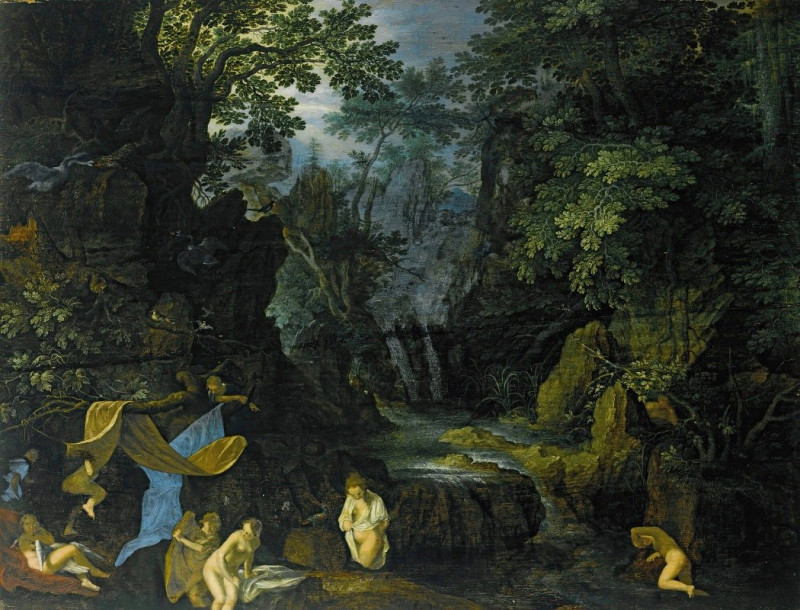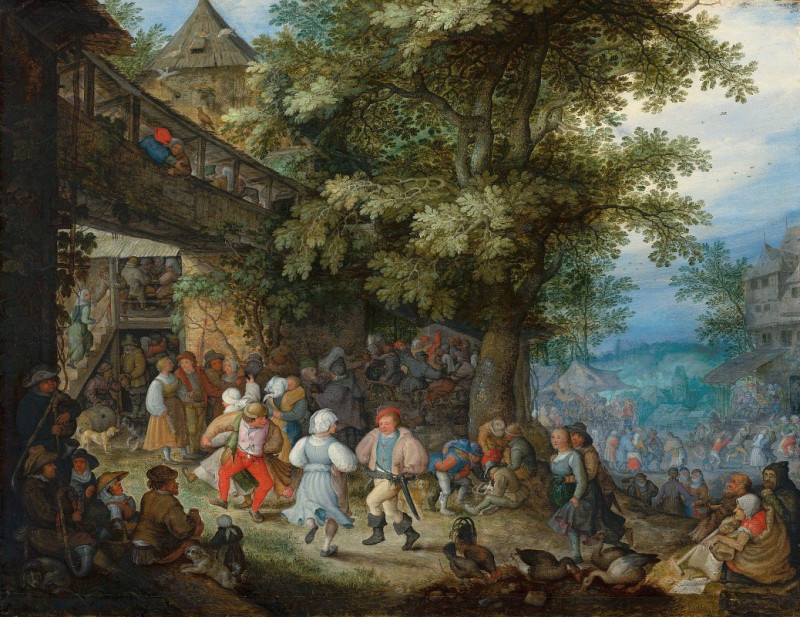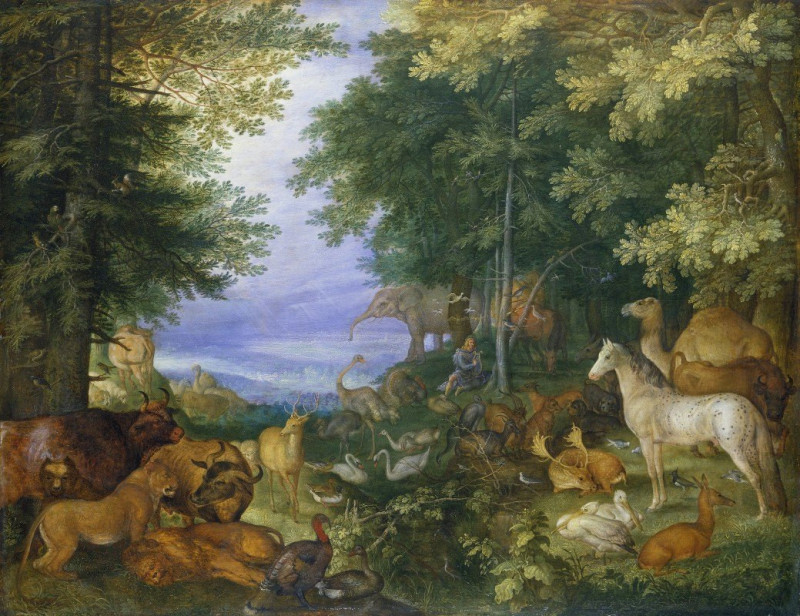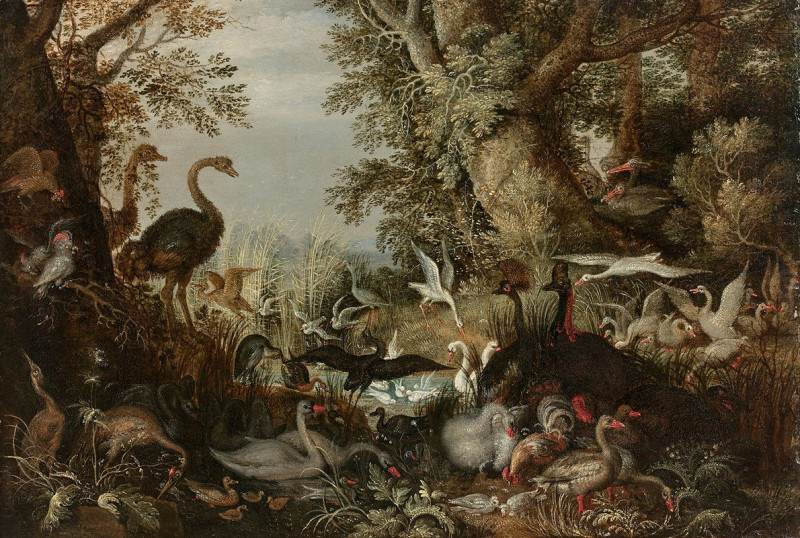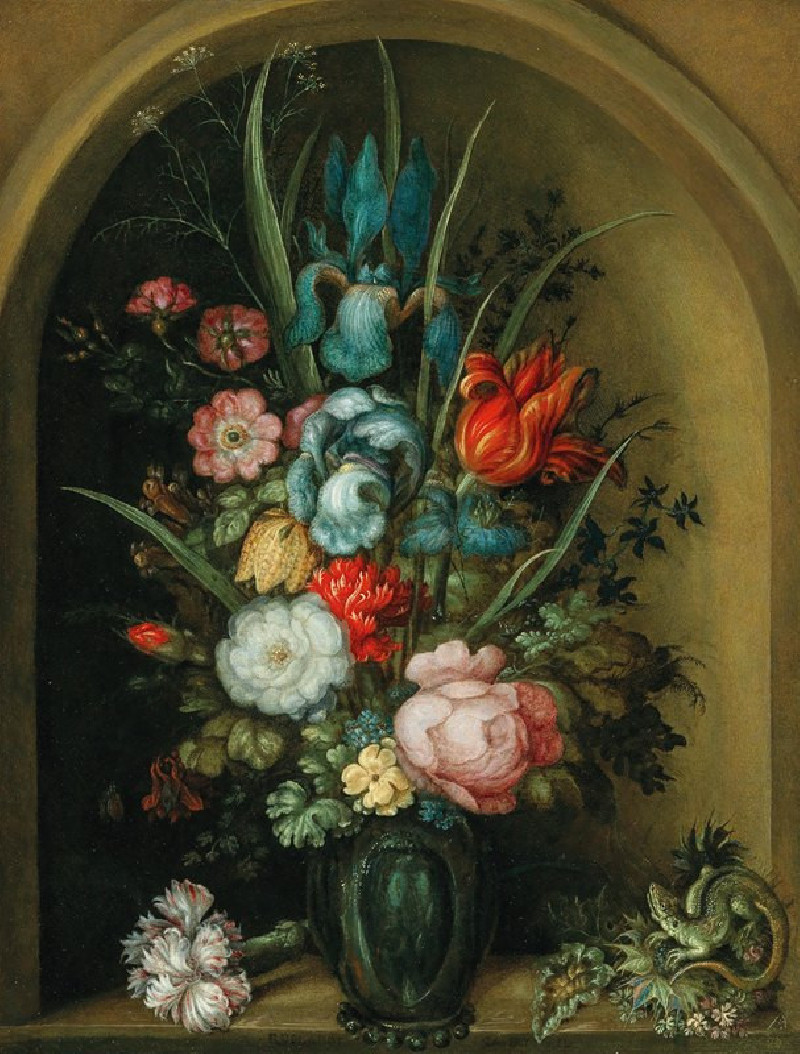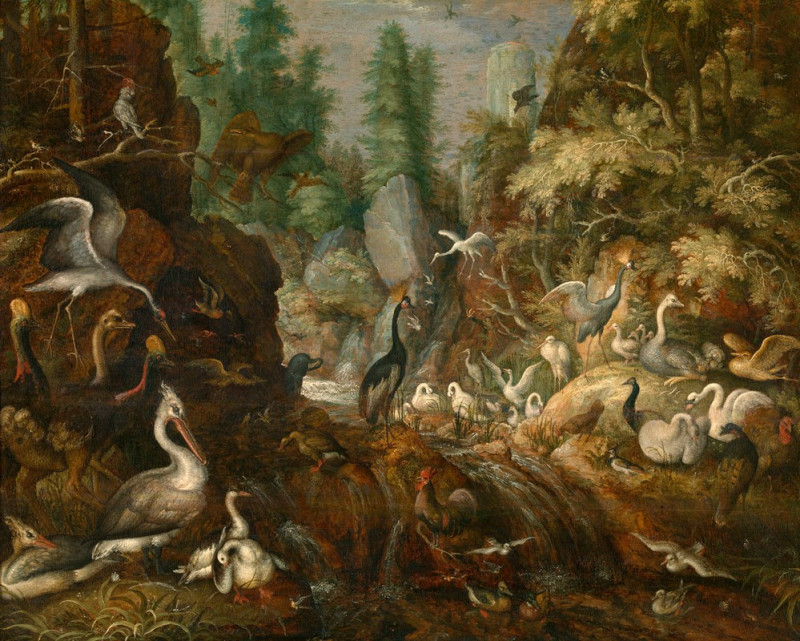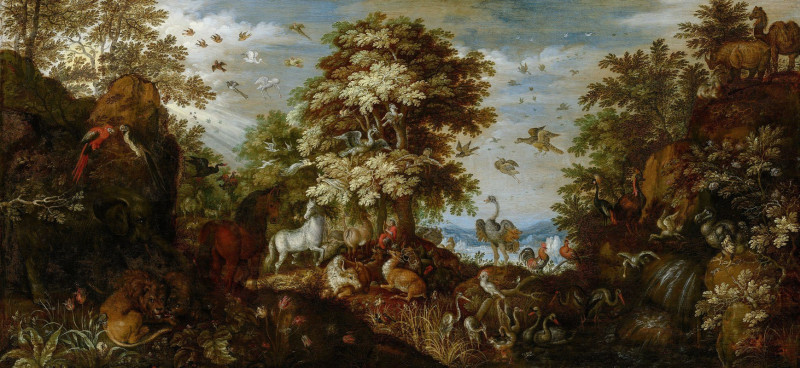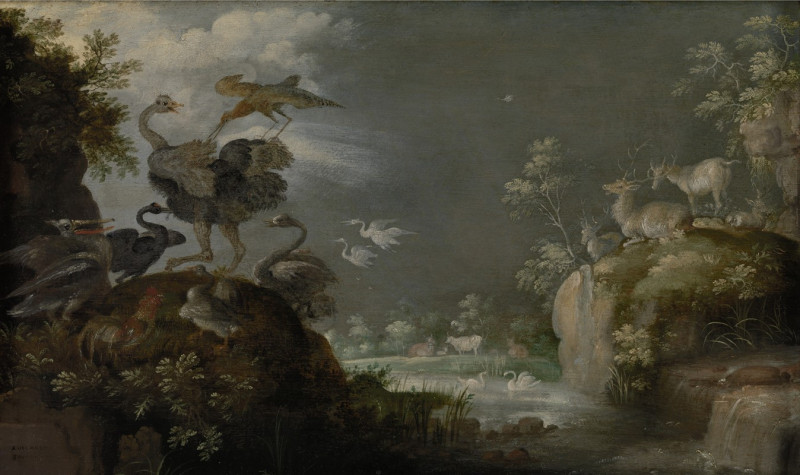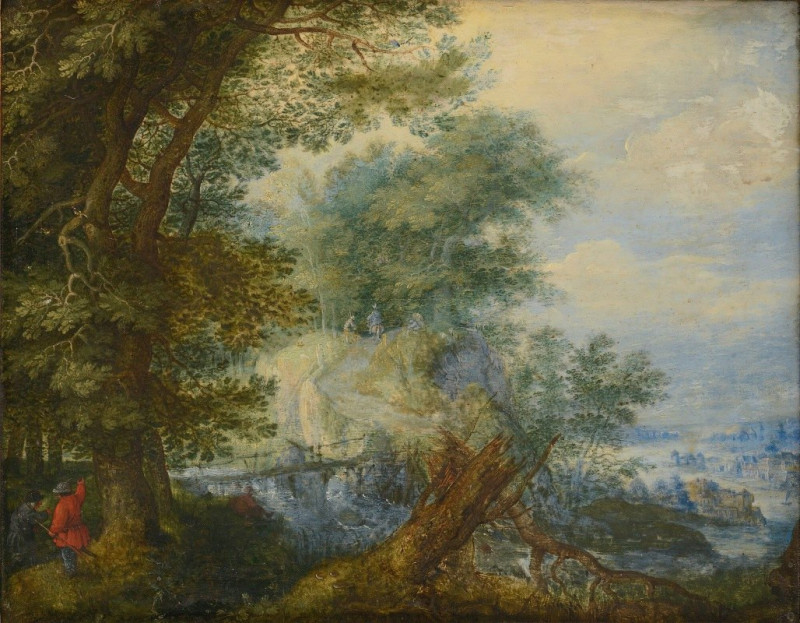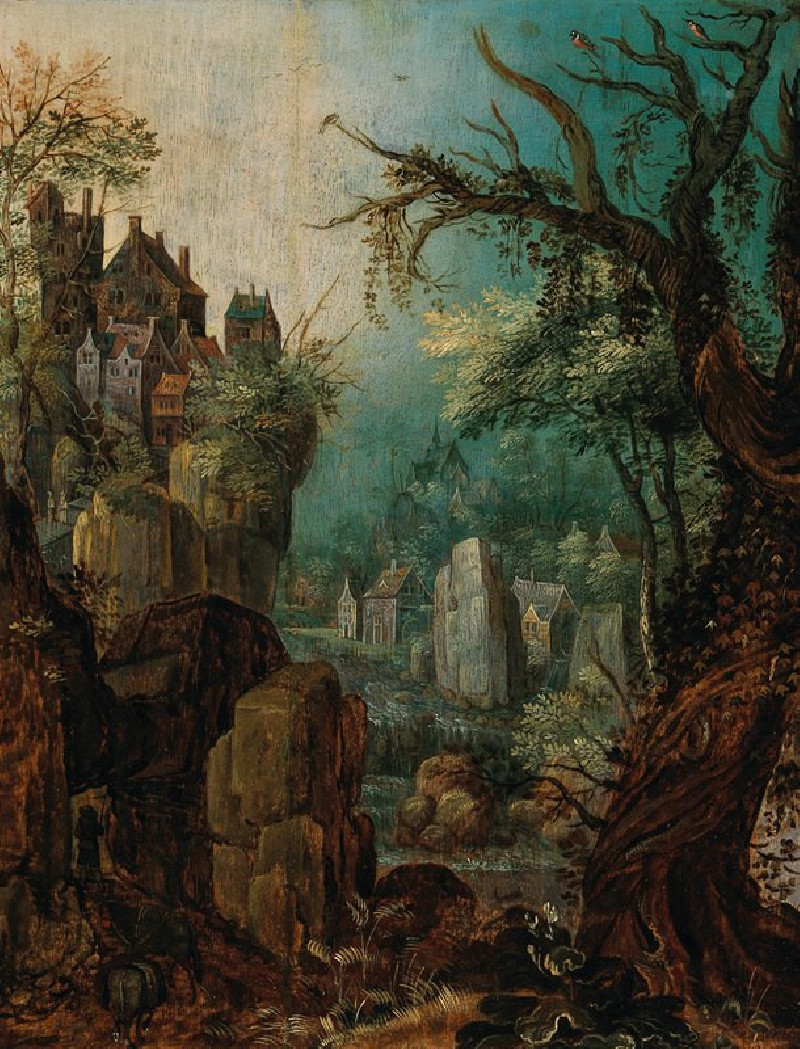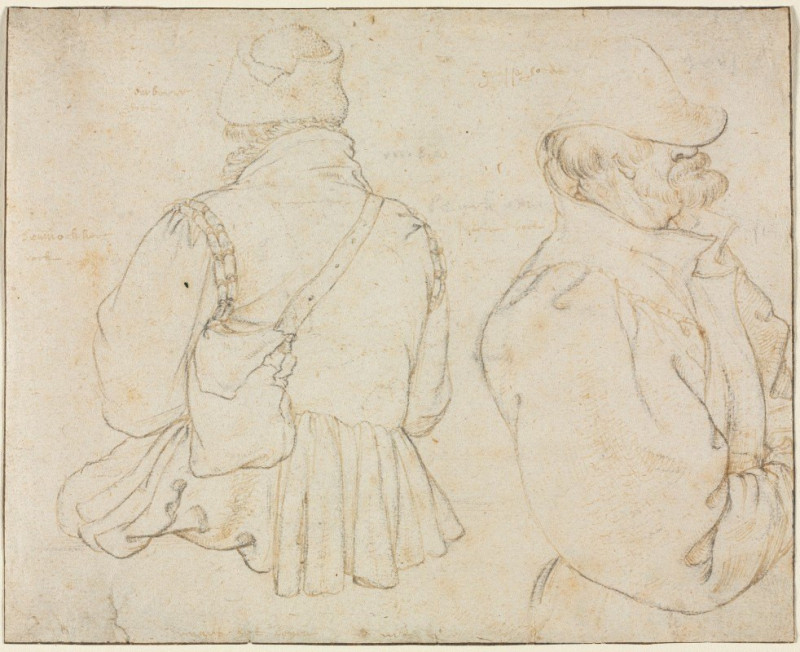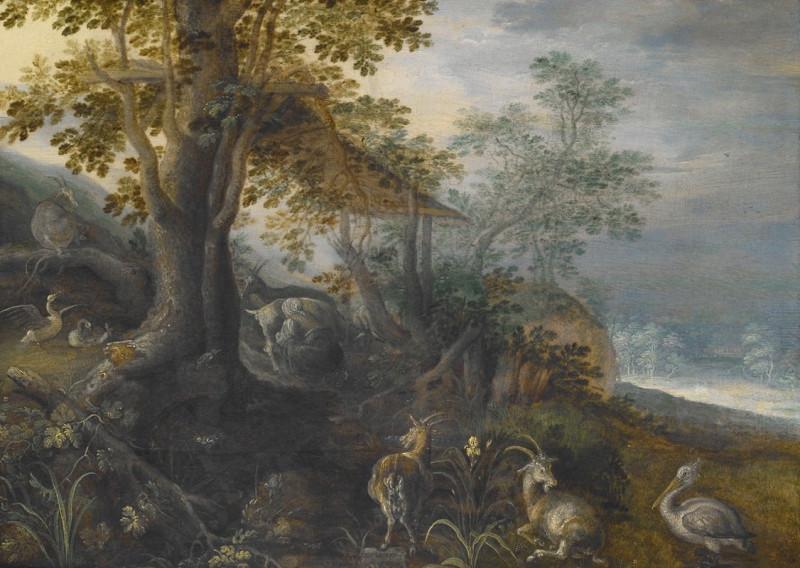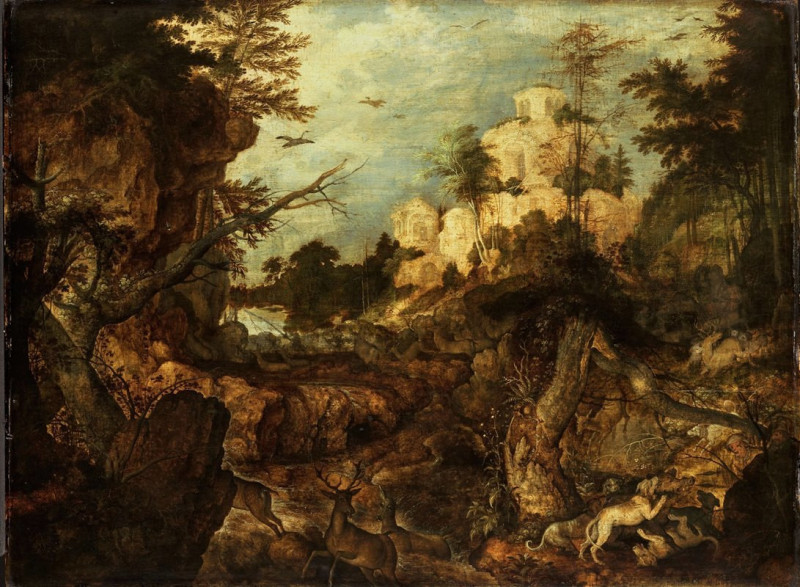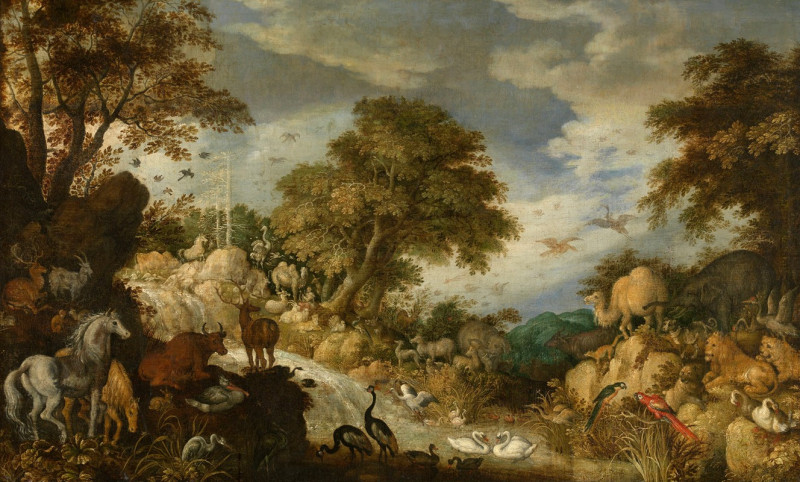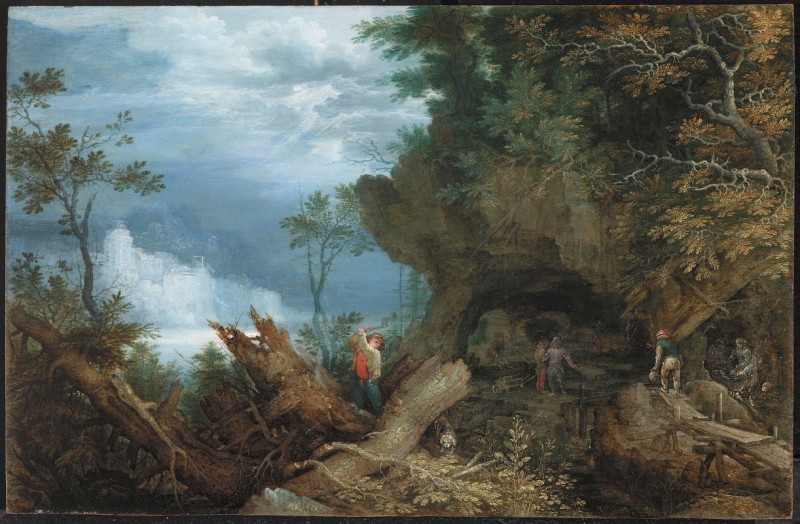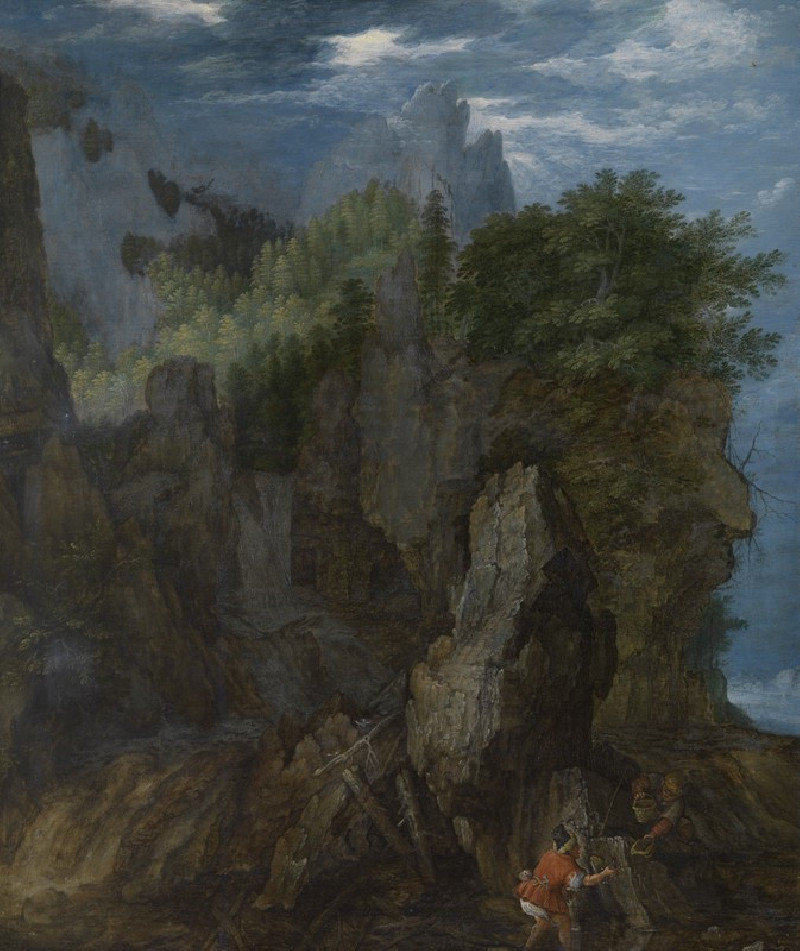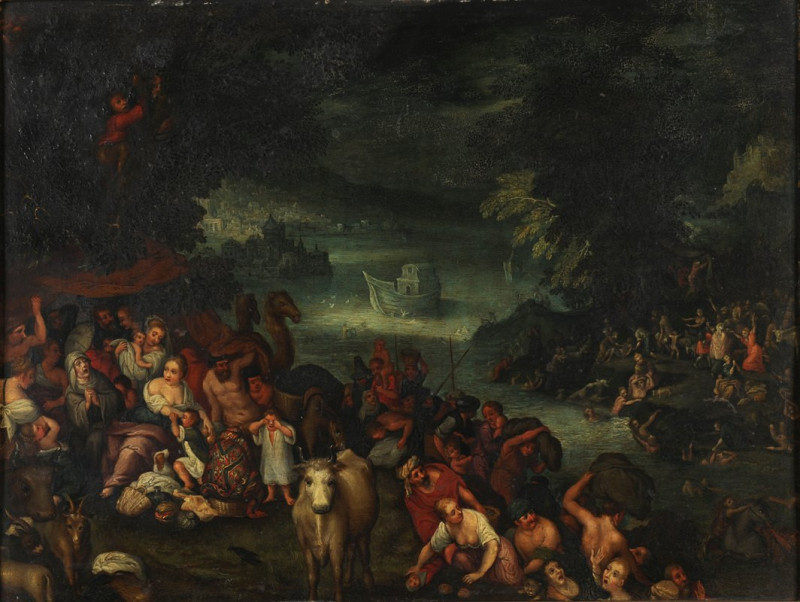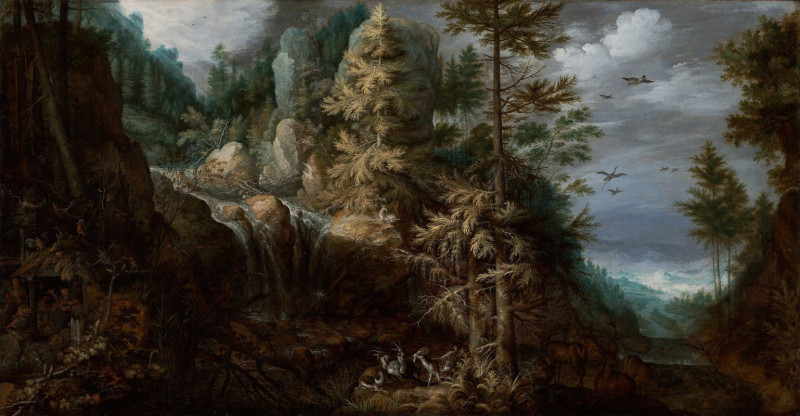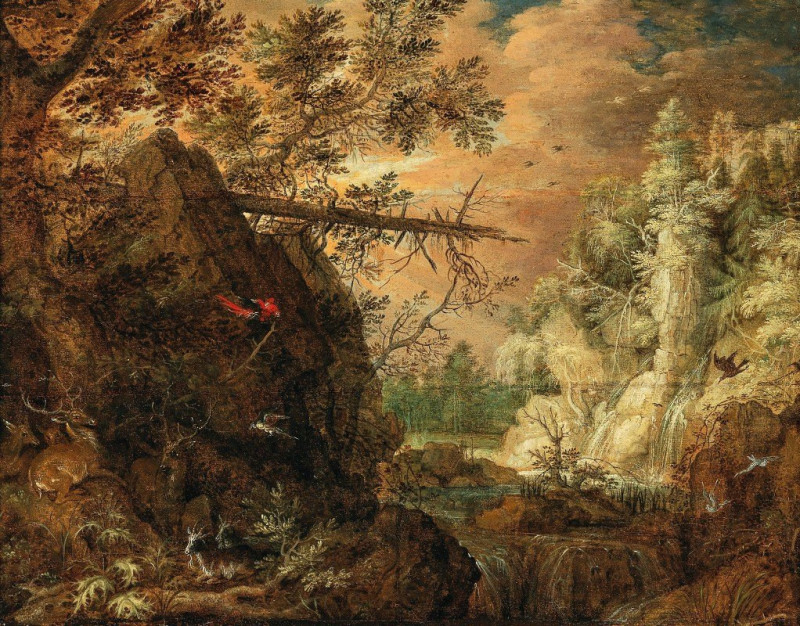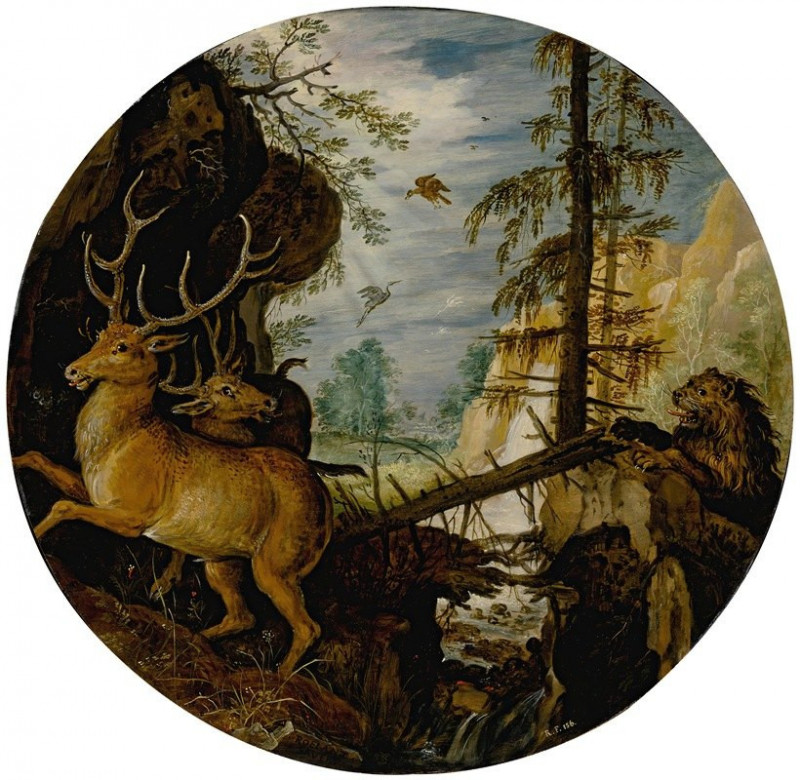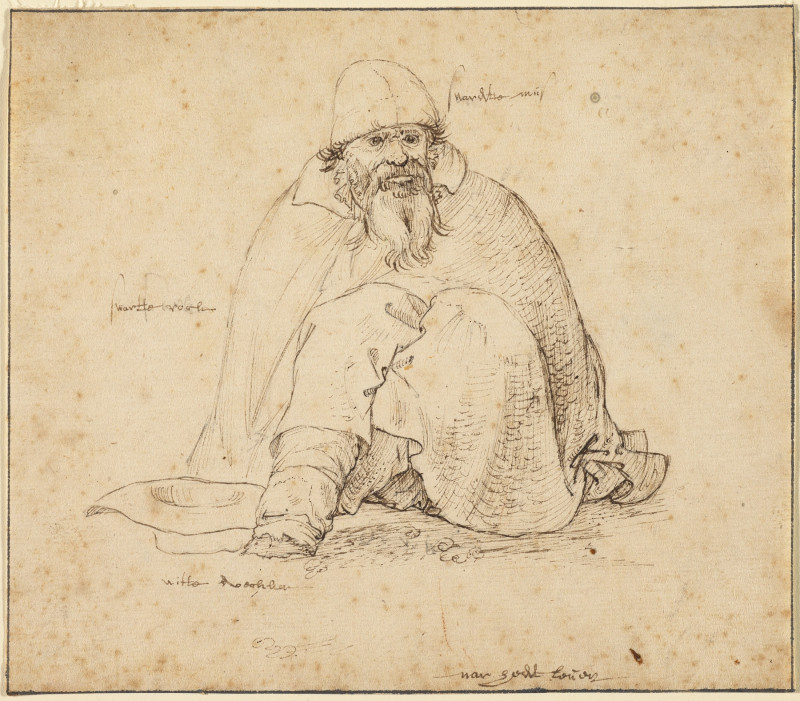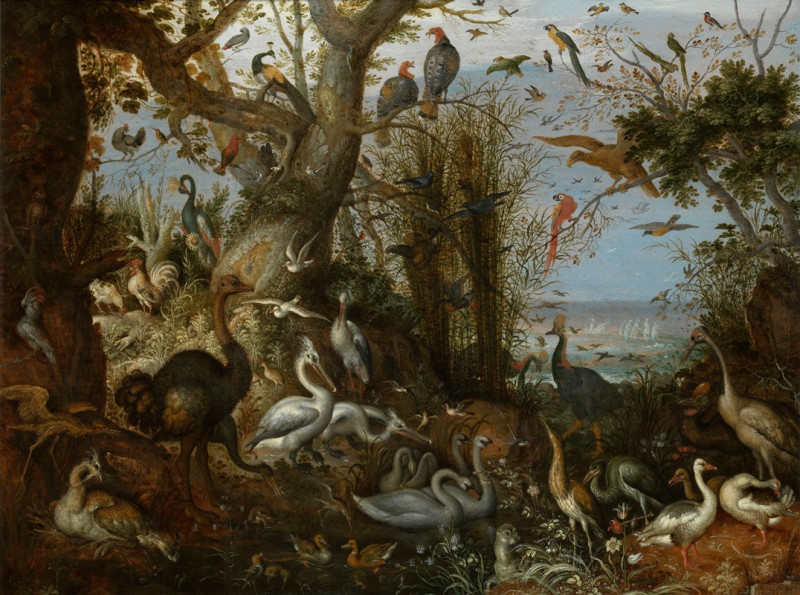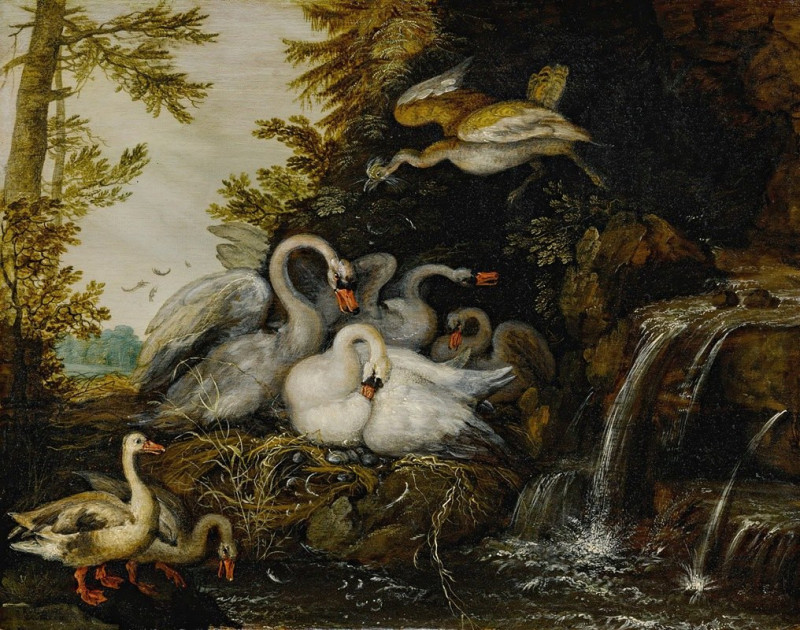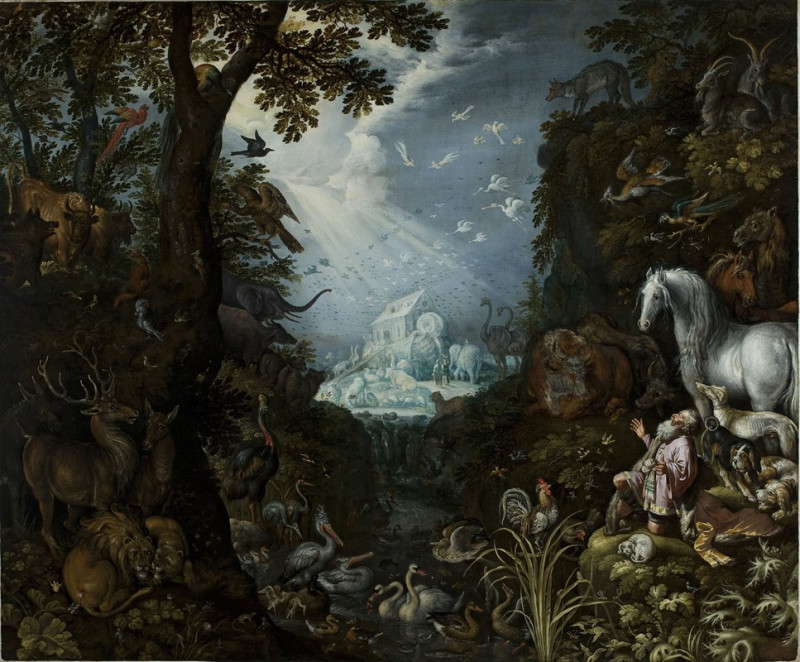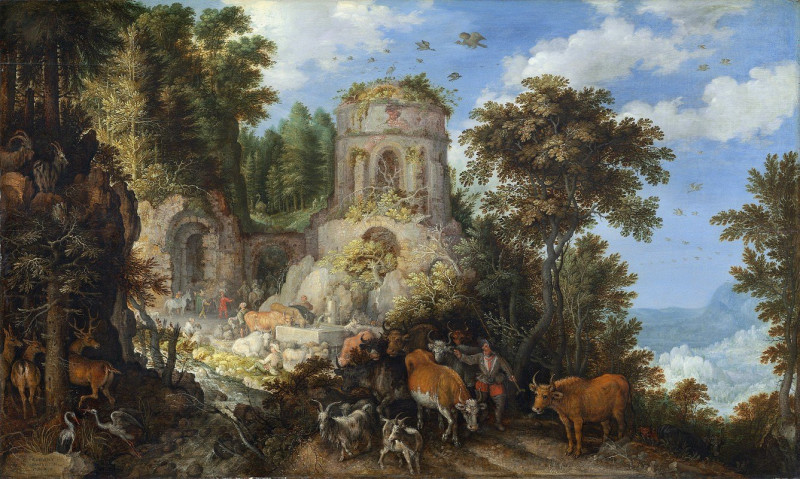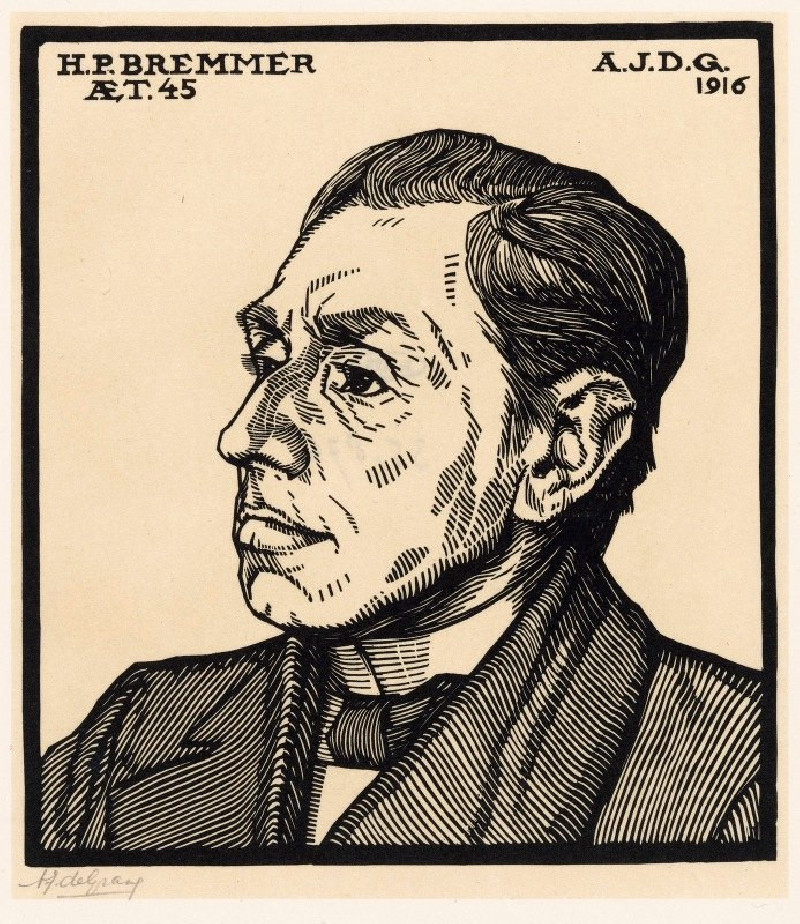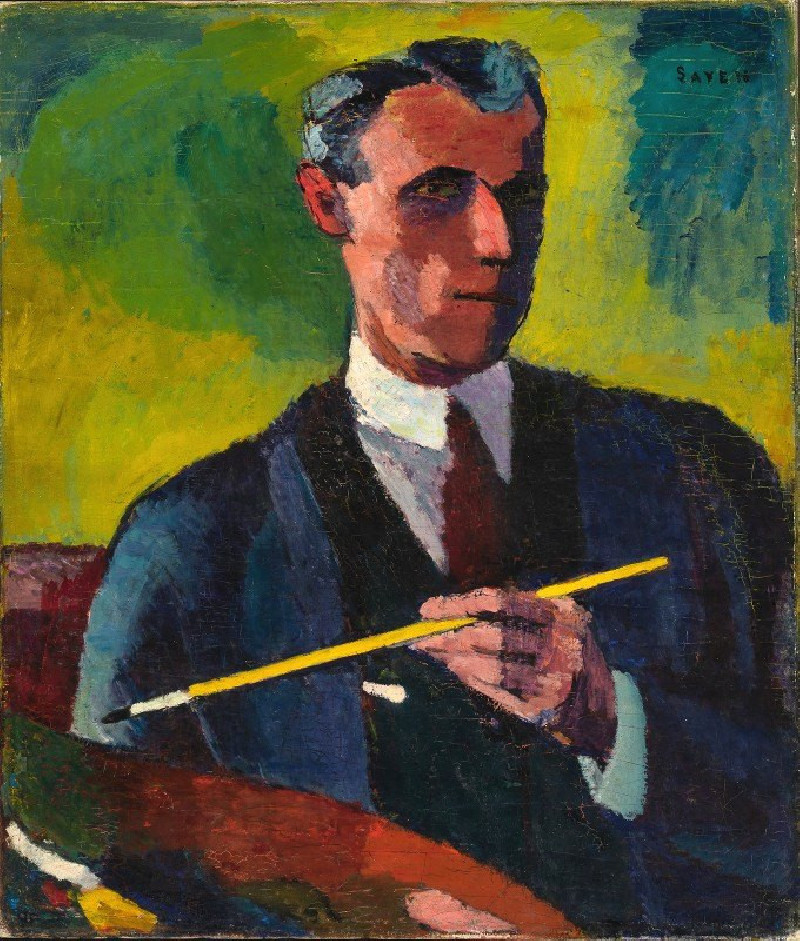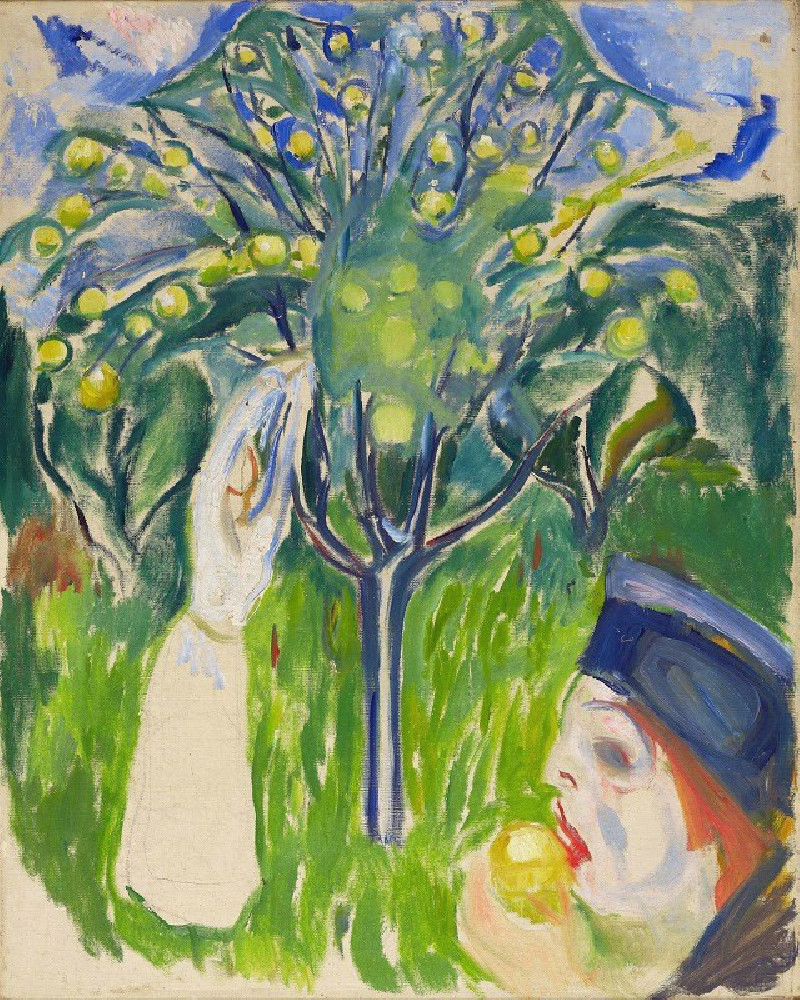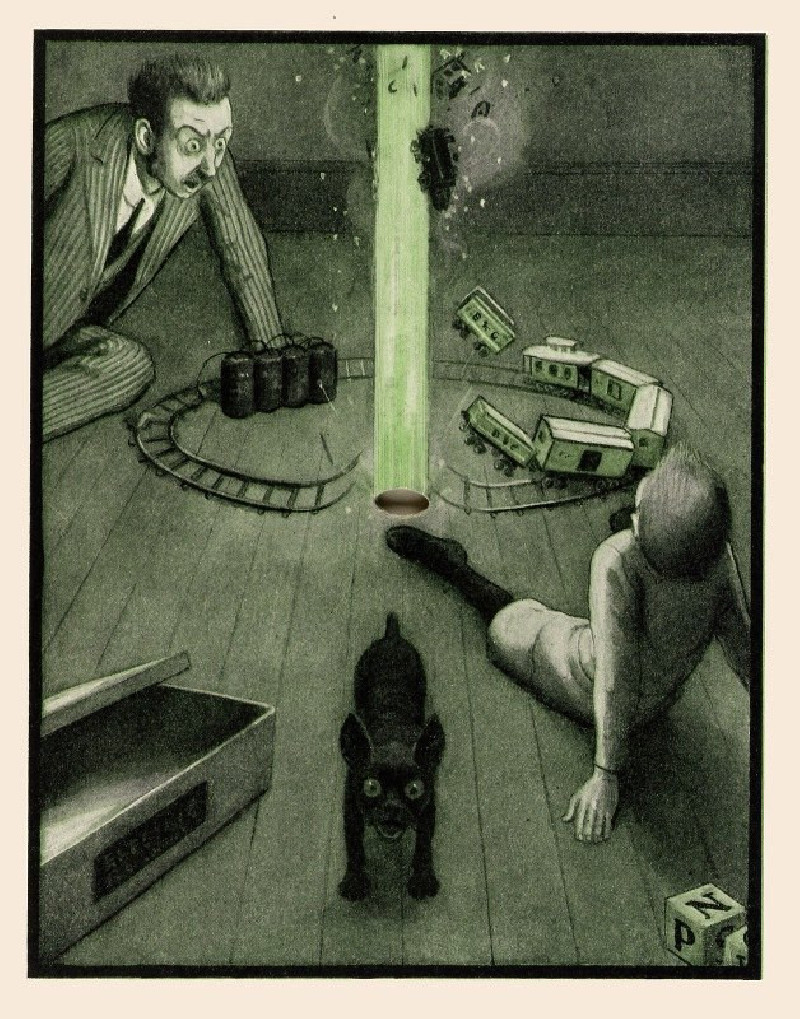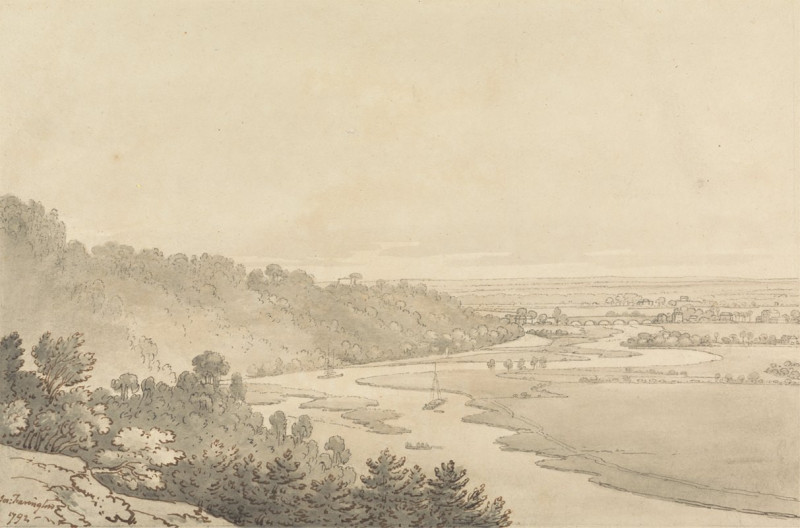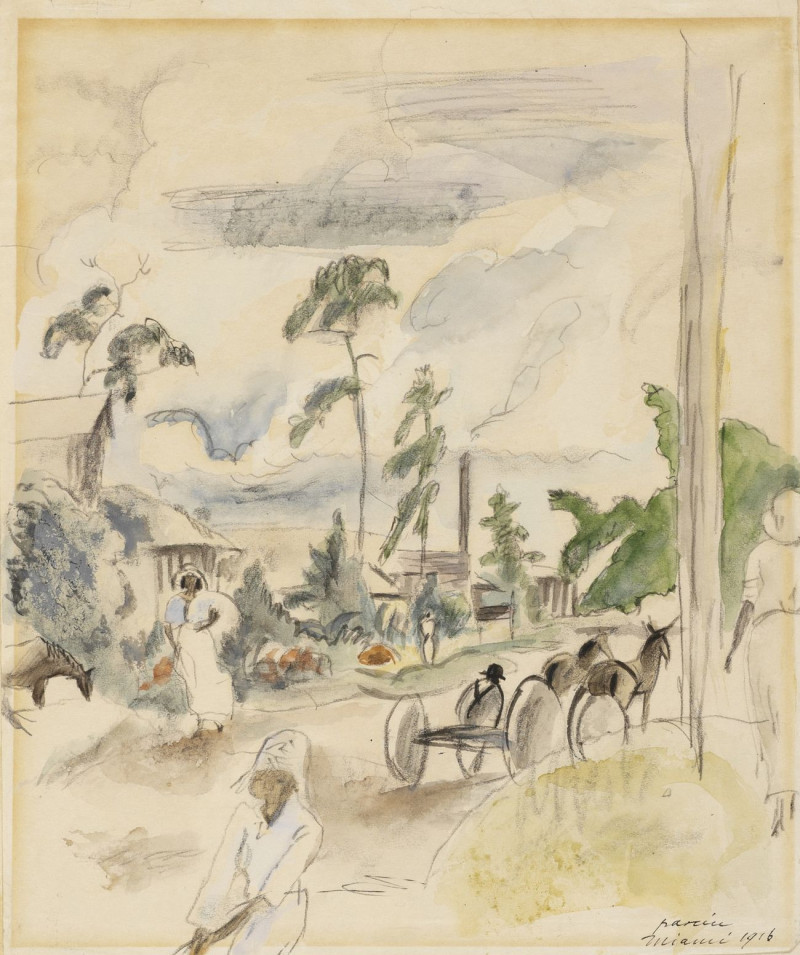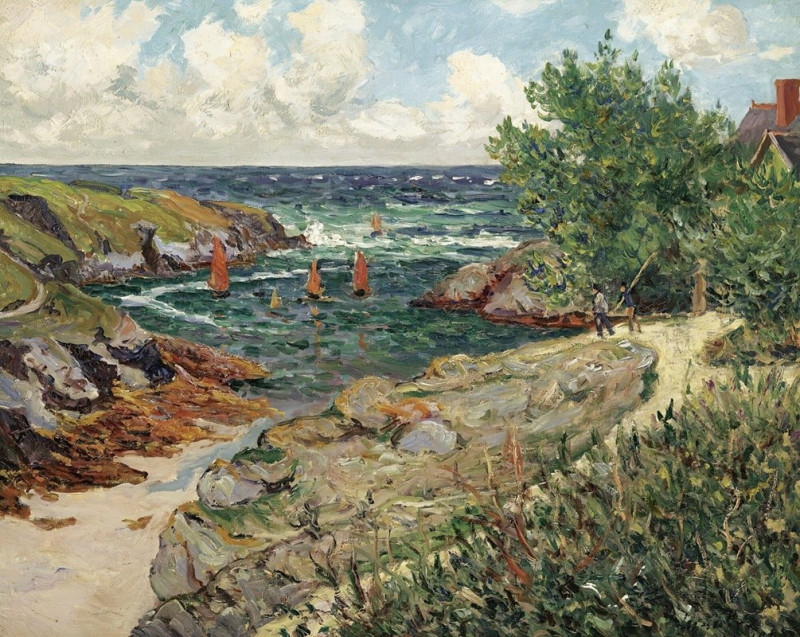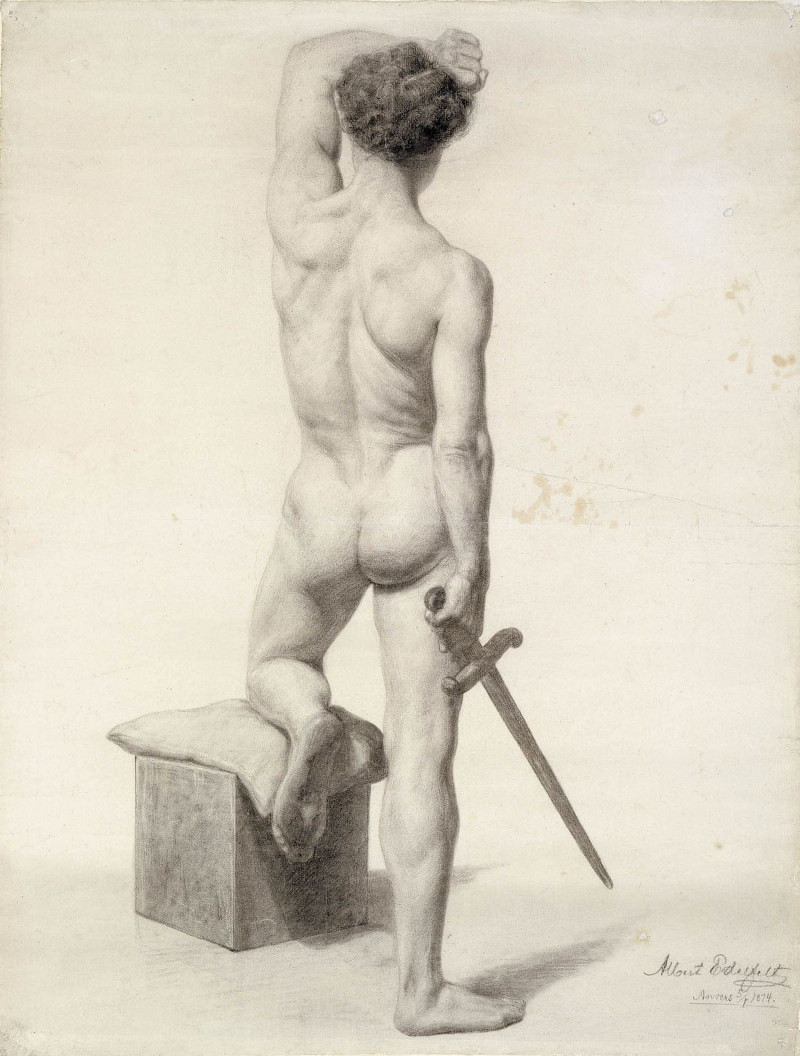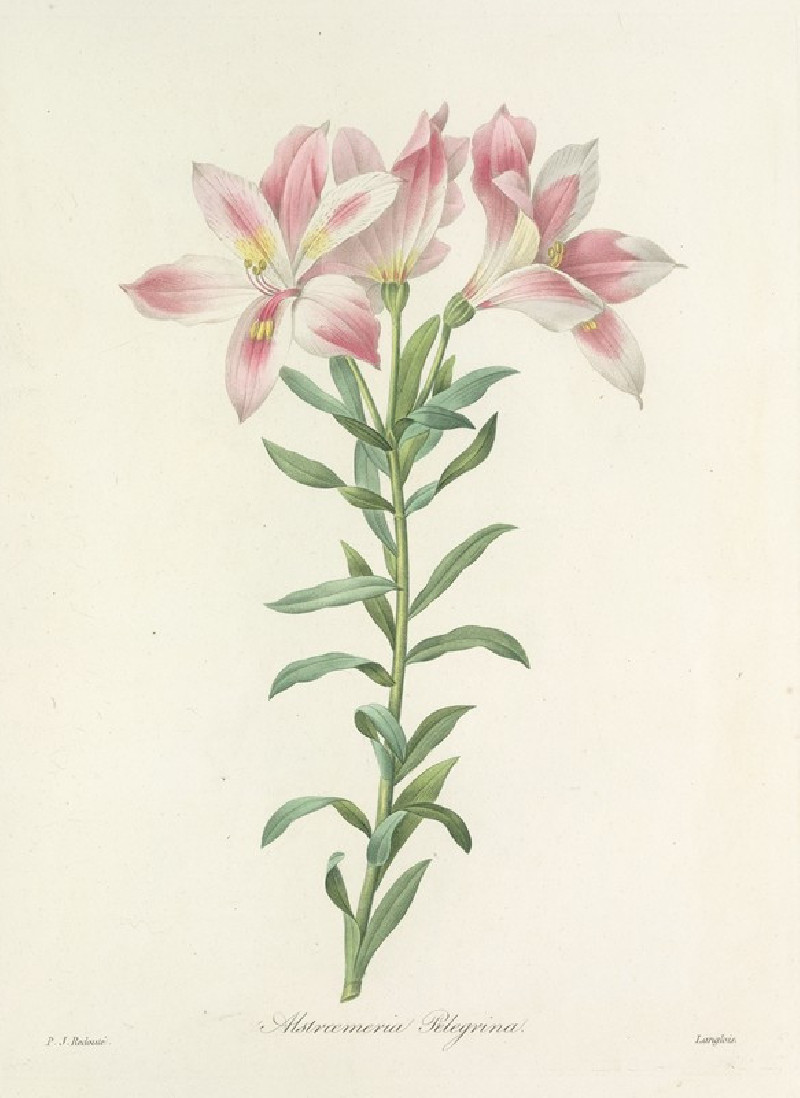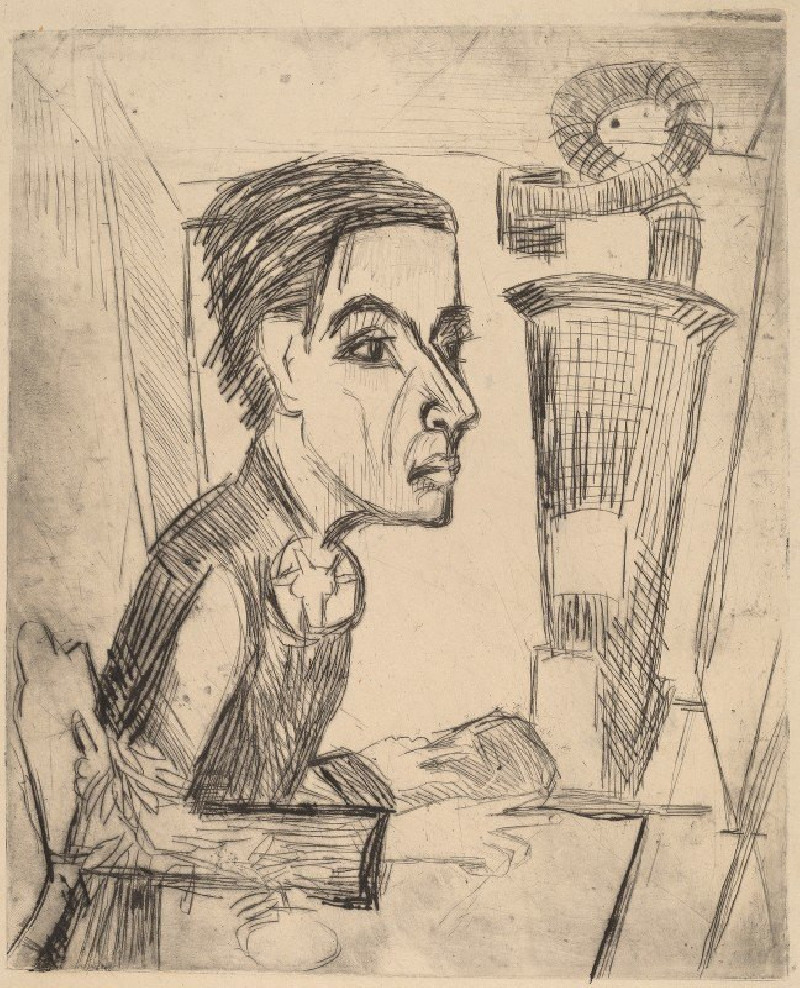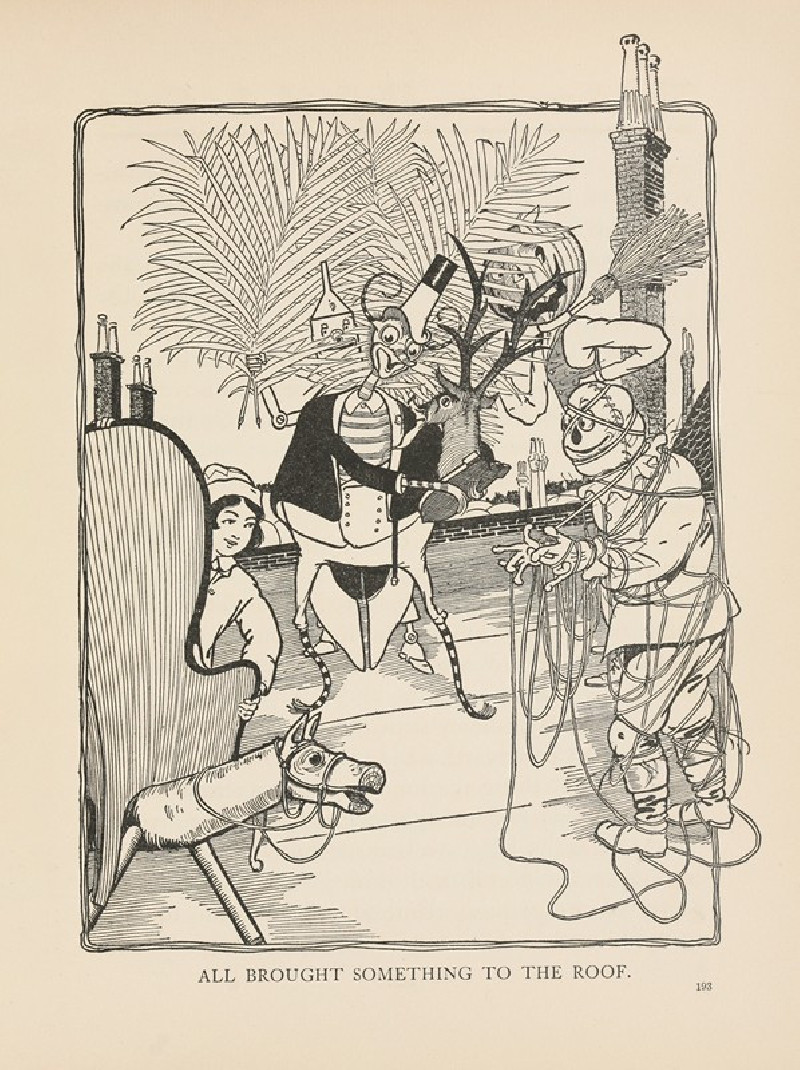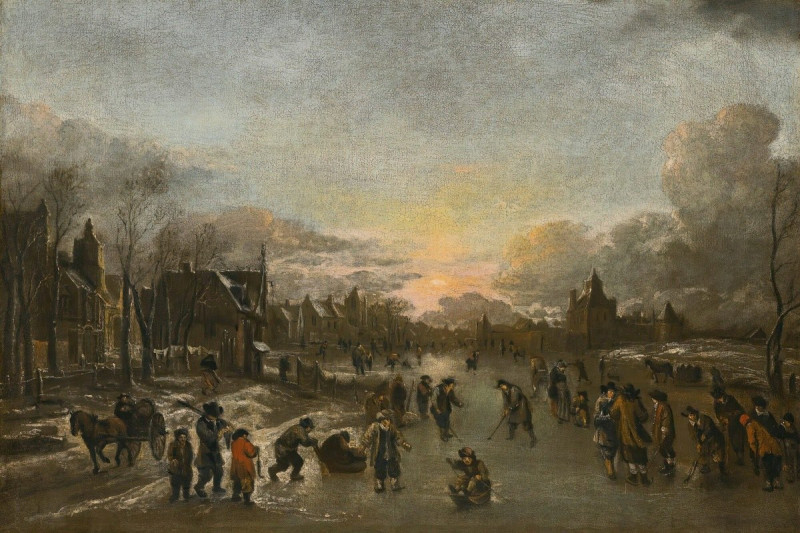A Forest Landscape With Bathing Nymphs And Leda And The Swan
Technique: Giclée quality print
Recommended by our customers
More about this artwork
Roelant Savery's "A Forest Landscape with Bathing Nymphs and Leda and the Swan" is a masterful depiction of mythological opulence entwined with natural beauty. In this detailed painting, Savery transports the viewer to a lush, verdant forest, brimming with a deep sense of mystique.At the heart of this breathtaking scene, we encounter a group of nymphs, elegantly rendered with classical grace. These mythological beings are depicted bathing and lounging by a gentle waterfall, their forms embodying the Renaissance ideals of beauty and serenity. The tranquility of the setting is palpable, as the nymphs engage with the natural world around them.Adding a dramatic twist to this idyllic landscape is the story of Leda and the Swan, a potent element from classical mythology. This narrative depicts the seduction by Zeus, who transformed himself into a swan. Savery integrates this scene seamlessly into the rich tapestry of the painting, aligning the myth with the mystical and untouched nature of the environment.The composition is dense with foliage, from towering trees to intricate underbrush, showcasing Savery’s skill in rendering botanical details with precision and care. The play of light and shadow, along with the varying textures of green, enhances the depth and realism of this forest scene.This painting is not only a celebration of mythical storytelling and natural beauty but also a testament to Savery’s prowess as a painter of landscapes and his meticulous attention to detail.
Delivery
Returns
Roelant Savery (or Roeland(t) Maertensz Saverij, or de Savery, or many variants) was a Flanders-born Dutch Golden Age painter.
Savery was born in Kortrijk. Like so many other artists, he belonged to an Anabaptist family that fled north from the Spanish-occupied Southern Netherlands when Roelant was about 4 years old and settled in Haarlem around 1585. He was taught painting by his older brother Jacob Savery (c. 1565 – 1603) and Hans Bol.

